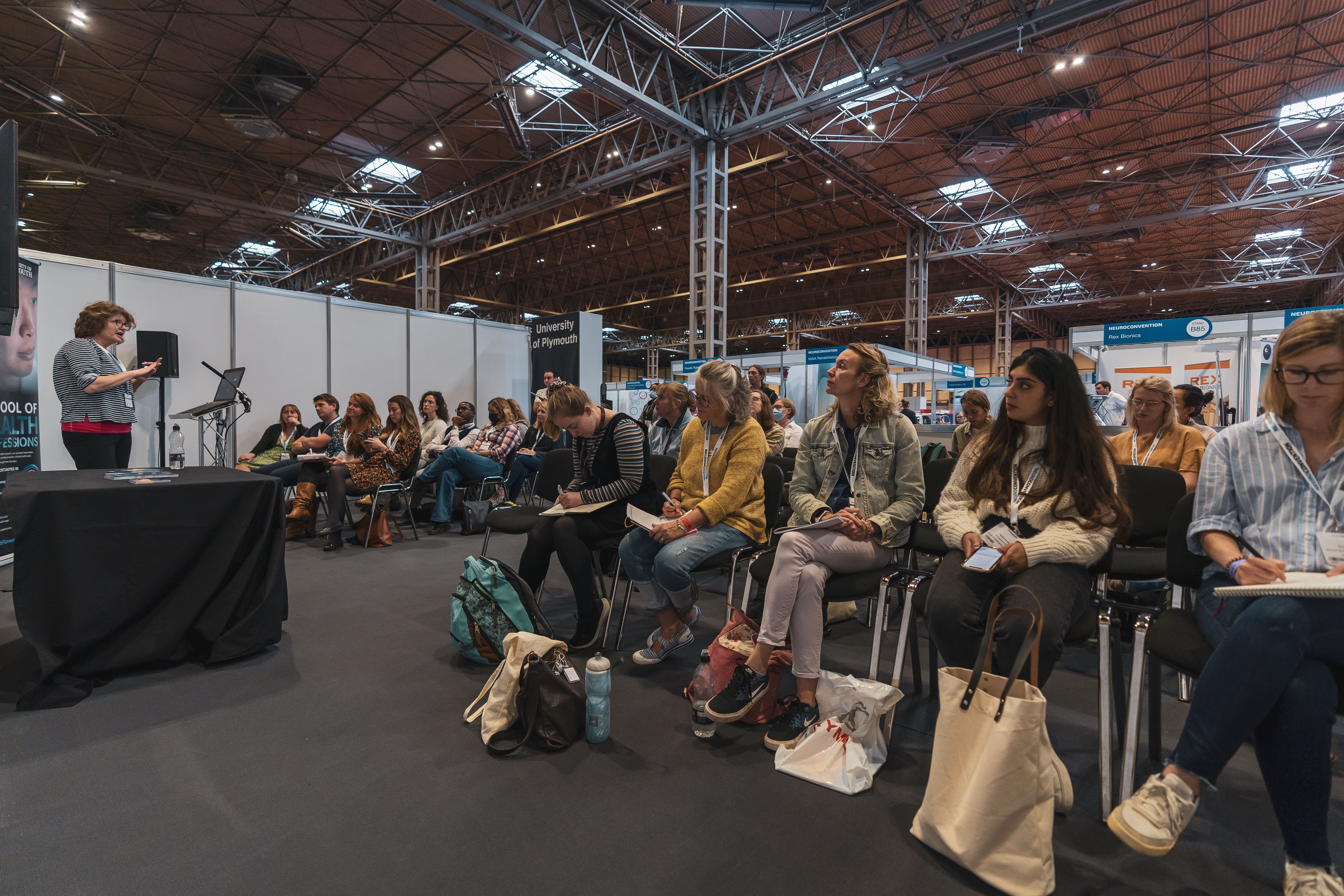Under-representation for Women in stroke trials for 30 years
)
In the last 30 years women have been under-represented in stroke trials. The review of 281 stroke trials involving more than 500,000 participants, has shown disparities making it harder to interpret what the findings really mean for them.
The research comes from lead author Dr Cheryl Carcel from The George Institute for Global Health who is also a Heart Foundation Fellow. She found that more than three quarters of the trials enrolled less women than the expected number that experience stroke in the community.
Both men and women older than 25 years have an equal risk of stroke in their lifetime. That figure stands at one in four, however, as the study reported in the online edition of Neurology, “there are differential consequences between the sexes.”
Each year there is a recorded 14 million people who incur a stoke, and women fare much worse than their male counterparts when it comes to functional outcomes. Men have a much higher fatality rate, but women endure a more prominent decline in quality of life.
“Improved understanding of sex disparities in stroke risk and care are critical to the design, analysis, and interpretation of the effects of interventions for the prevention, treatment, and recovery of stroke,” the study authors noted. “Central to this effort is sufficient representation of both sexes in randomised controlled trials, considered the gold standard for testing the effectiveness of interventions to inform clinical practice.”
Of these randomised controlled trials, the greatest differences that were seen involved a particular type of stroke known as intracerebral haemorrhage, where the mean age of participants was less than 70. Cardiovascular studies have explored varying degrees of representations in recent years, but the authors of this study have noted the need to examine representation in the context of published stroke trials.
“The reasons for underrepresentation are complex and most likely multifactorial,” Dr Carcel told Neurology Today. “They include the use of specific trial eligibility criteria that inadvertently exclude women (such as older age and presence of specific comorbidities), patient attitudes and beliefs (resulting in less interest and more refusals in women), and potentially implicit biases among study personnel.”
Dr Katie Harris, the study’s co-author, said that barriers and facilitators to women’s representation in stoke trials needed to be explored both at the trial and patient level to help redress the balance. “Achieving a better gender representation in stroke trials can provide a more reliable assessment of the treatment benefits and harms and inform treatment guideline recommendations for women affected by this serious condition,” she said.
Since the report, the US, Canada and some European countries have adopted policies to boost the number of women in clinical trials over the course of the study, the results, sadly, show no change over this time with Dr Harris adding, “Our study suggest those efforts have clearly not translated into action.”
It’s clear more needs to be done to represent women in future clinical trials given women face more negative functional outcomes than their male counterparts. Having this representation will lead to greater clarity in how we effectively diagnose and treat future stroke patients.



